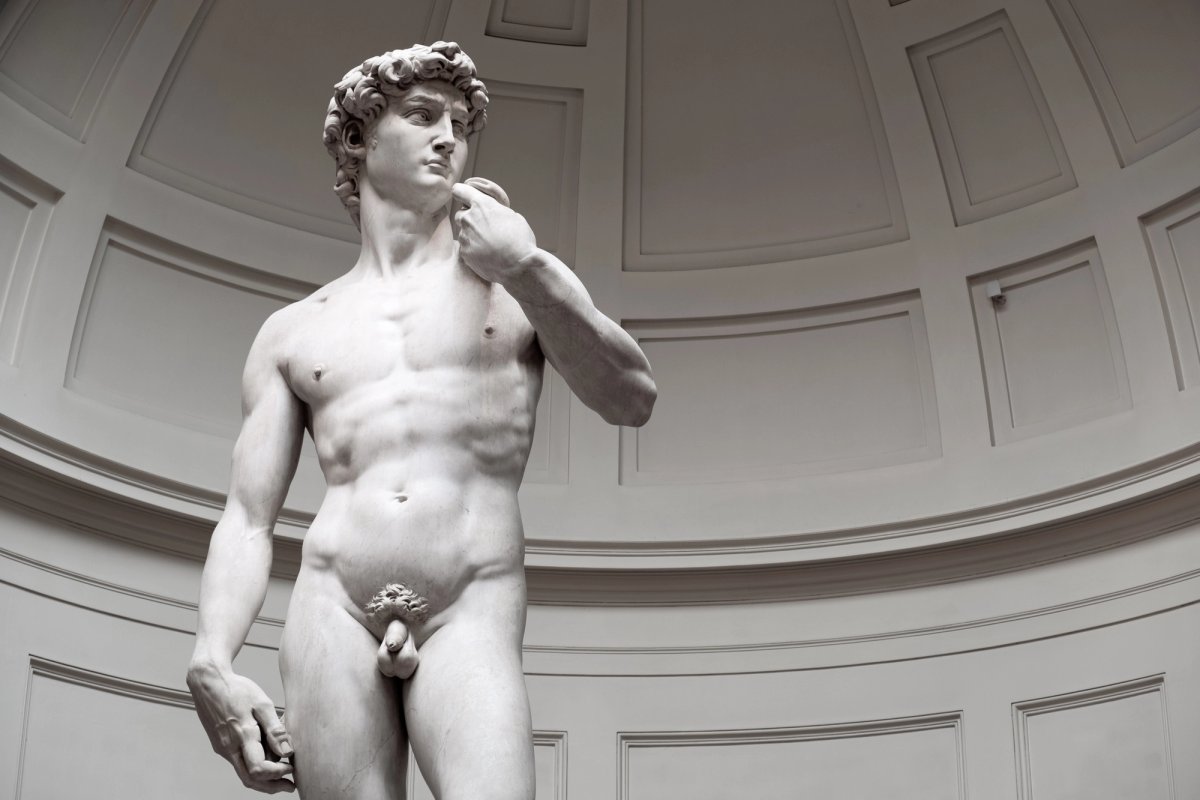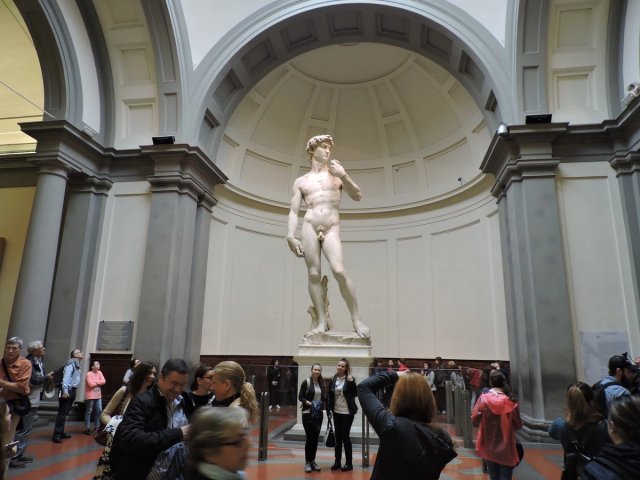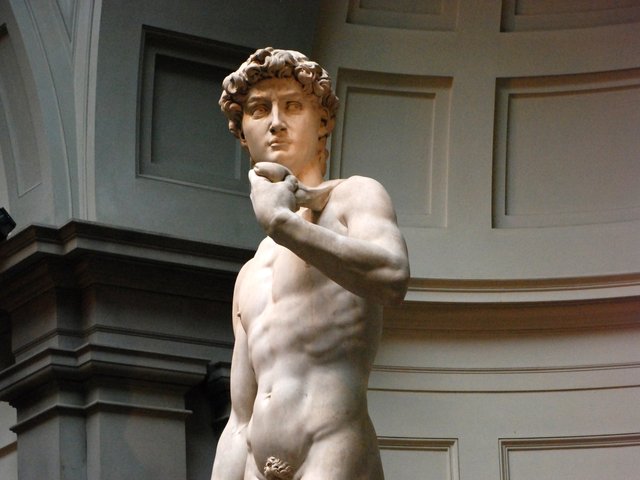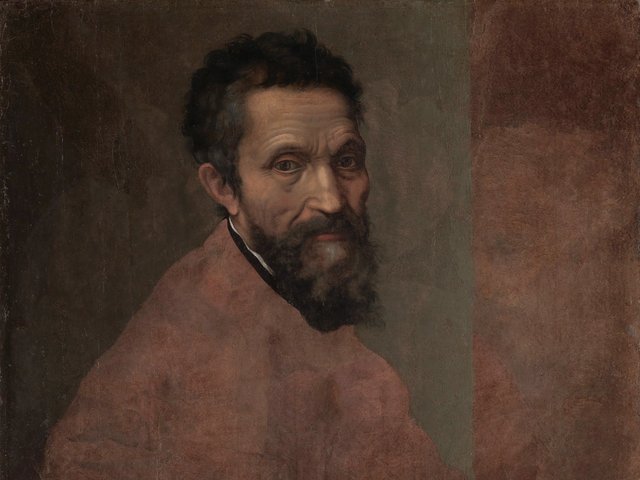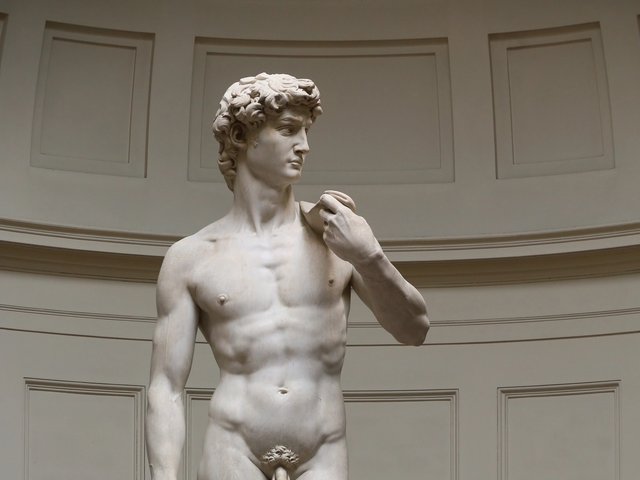There is an air of inevitability about Michelangelo’s David being “cancelled”. In today’s feverish climate dominated by the so-called culture wars, a nude Renaissance sculptural masterpiece seems fair game for concerned Floridian parents grappling with the question of whether a nude statue is inappropriate in certain contexts—that is, for certain age groups.
According to the Tallahassee Democrat newspaper, three parents of students at Tallahassee Classical School complained about the nude statue, with one parent stating her child “should not be viewing those pieces” (the backgrounds of these complainants have not been disclosed). Crucially, the parents said they did not receive an advisory note—in other words, no “trigger warning” was issued.
Following the complaints, Hope Carrasquilla, the conservative charter school’s principal, was ousted by the board after less than a year on the job. We asked the school board chair, Barney Bishop, to elucidate. He pointed us to a report in the Epoch Times, which says that the work was never described as “pornographic” and that stories stating that the principal of the school was forced to resign over the art lesson’s content are “disingenuous”.
Jeff Kottkamp, the school’s general counsel, sent the following update: “The controversy was never about the art. It was about following the school's policy of notifying parents anytime a topic that could be viewed as sensitive is being discussed in class. The school believes that parents should be the ones that ultimately decide when their children, especially elementary age children [5-11], are exposed to such topics.”
But did the parents who complained about the statue’s inclusion in Tallahassee Classical School’s curriculum envisage just how divisive the controversy would become? Frenetic press coverage, memes and late-night comedy skits ensued while the Florida Department of Education was at pains to point out the statue’s “artistic” and “historical value” (Renaissance genitalia are, for now, still fine by Florida’s education czars).
A principal at Tallahassee Classical School resigned after controversy began when school children were shown Michelangelo’s David, which one parent called “pornographic.” The lesson included Michelangelo’s Creation of Adam and Botticelli’s Birth of Venus...but safety first right? pic.twitter.com/9IgTRdC4sW
— Lynda Albertson (@sauterne) April 6, 2023
My first thought was whether this debacle would have happened ten or 15 years ago. Probably not. “The advancement of anti-intellectual populist governments worldwide and uprisings against discrimination and inequality such as Black Lives Matter have brought about a reset of perspectives and principles,” I write in the introduction to my recently published book Censored Art Today.
But some people have argued that Michelangelo should not be the latest casualty in the cancellation merry-go-round. Cecilie Hollberg, the director of the Accademia Gallery in Florence, is candid about the root of the troubles in Florida. “I'm not the one to judge the motivations [of those] in the US. As director of one of the most important museums in the world, precisely because of the sculpture of Michelangelo's David—a Renaissance masterpiece, an icon of sculpture—I am surprised by the ignorance that seems to be at the heart of what happened in Florida. Ignorance in [this] sense of the word: the lack of knowledge of Western culture (the Bible, history, art history); this is alarming. Not knowing your own culture and history is very serious.”
Indeed, it is hard to disentangle here where the politics end and the art begins though. Observers say that a political agenda underpins the principal's dismissal. “The move to oust Carrasquilla rides a cresting wave of conservative educational legislation in Florida and across the US,” we reported, touching on Florida governor Ron DeSantis’s efforts to transform the state’s school system.
The writer Arwa Mahdawi is candid about what is at stake in the Guardian. The David drama “is just the latest example of a terrifying lurch towards censorship and authoritarianism in Florida. Governor DeSantis, who has been described as the Education Governor, is on a censorship crusade and his first major battleground has been schools.” Parents ultimately set the bar here, their judgment—rightly or wrongly—trumping the views of educators.
But this is not the first time the puritans have come for Michelangelo. When David was first unveiled in 1504 outside the Palazzo Vecchio in Florence, a loin covering of fig leaves was placed on his privates by nervous city officials. After the artist died in 1564, Pope Paul IV commissioned Daniele da Volterra to paint over the nude figures in Michelangelo’s Last Judgement, earning him the infamous title of Il Braghettone or The Breeches Painter (basically, he painted pants on all of Michelangelo’s offensive body parts). Downplaying nudity was also a consequence of the doctrinal Catholic Counter Reformation movement.
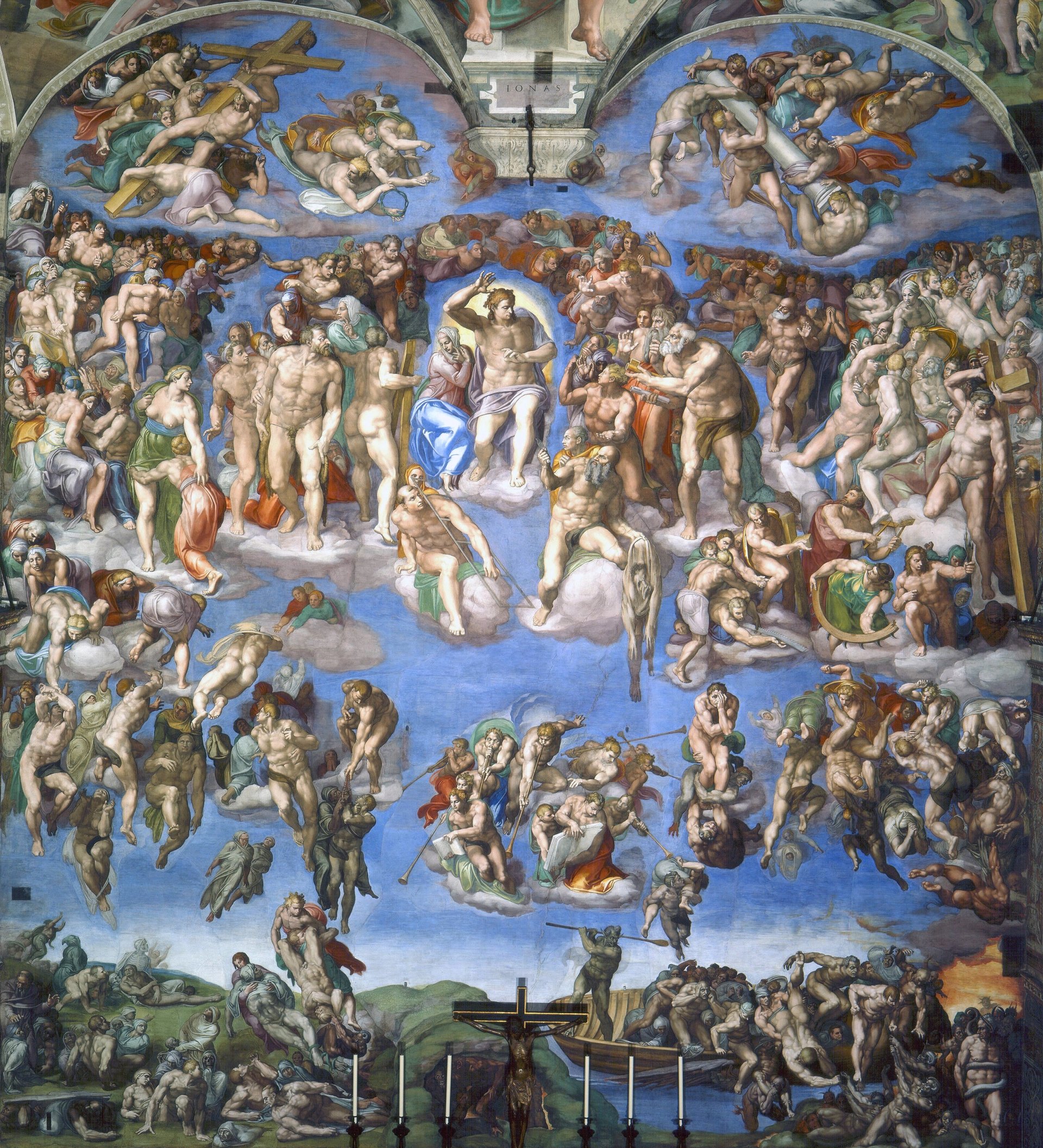
Michelangelo’s Last Judgement in the Sistine Chapel
It seems unfair perhaps to call Volterra a “prudish defiler”, as one critic said, especially as his actions may well have prevented further desecration of the Sistine Chapel. More than 450 years separate these arbiters of morality over Michelangelo, demonstrating how today’s upholders of taste and decency hark back to a more medieval morality.
“Kenneth Clark, the author of Civilisation: A Personal View (1969), describes the difference between nudity, which is a celebration of the human body, and naked, which is being caught in an unwelcome state of distraught or shameful undress. Michelangelo’s David is nude, a proclamation and celebration of God's greatest creation, we humans,” says William Wallace, an art history professor at Washington University, St. Louis. Bear in mind also that Michelangelo drew upon the classical ideal which was freighted with meaning for Renaissance aesthetes, who considered this type of nudity the apotheosis of beauty.
Wallace adds: “The current controversy is the latest episode in a long history of censorship and iconoclasm [reflecting] the desire to suppress and/or destroy works of art and literature that have disturbed morality, usually without reference to the history and context of a work.”
This is the greatest lesson we can take away from this debacle —that context is key and art historians need to hold on to their most important touchstones while also respecting the culture of others.


